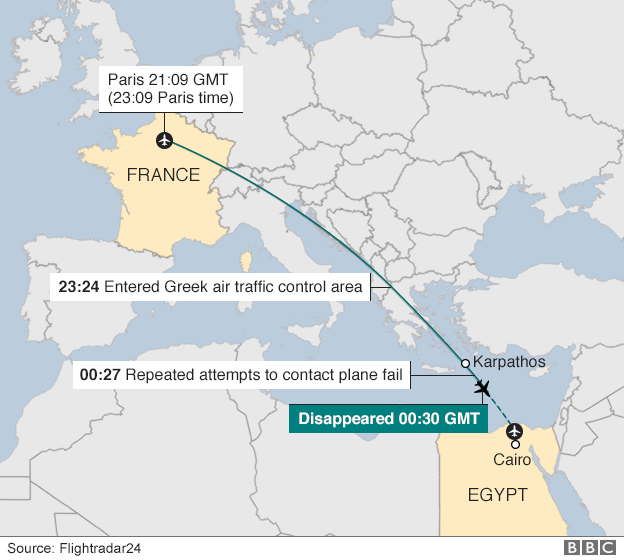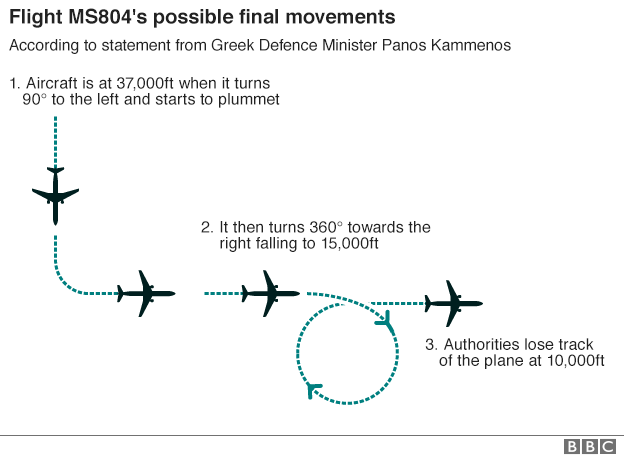EgyptAir: Crashed flight MS804 ‘did not swerve’
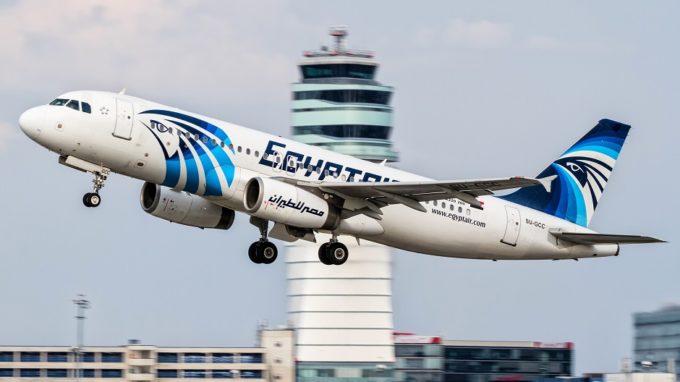
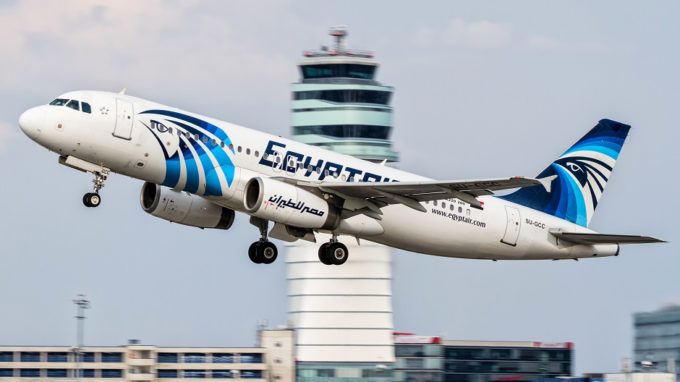
This August 21, 2015 photo shows an EgyptAir Airbus A320 with the registration SU-GCC taking off from Vienna International Airport, Austria. Egyptian aviation officials said on Thursday May 19, 2016 that an EgyptAir plane with the registration SU-GCC, traveling from Paris to Cairo with 66 passengers and crew on board has crashed off the Greek island of Karpathos. Meanwhile, Egypt’s chief prosecutor Nabil Sadek says he has ordered an «urgent investigation» into crash. Sadek instructed the National Security Prosecutor to open an «extensive investigation» in the incident. (AP Photo/Thomas Ranner)
An EgyptAir flight that crashed in the Mediterranean did not swerve and change direction before disappearing, an Egyptian official says.
The Airbus A320 was en route from Paris to Cairo with 66 people aboard when it vanished from radar early on Thursday.
Greece's defence minister said the plane turned 90 degrees left and then did a 360-degree turn towards the right before plummeting.
But a senior Egyptian aviation official said there was no unusual movement.
Ehab Azmy, the head of Egypt's state-run provider of air navigation services, told the Associated Press that the plane had been flying at its normal height of 37,000ft (11,280m) before dropping off the radar. Some debris has since been found.
"That fact degrades what the Greeks are saying about the aircraft suddenly losing altitude before it vanished from radar," he said.
The reason for the discrepancy between the Greek and Egyptian accounts of the plane crash is not clear.
Greece's defence minister Panos Kammenos had said the radar showed the Airbus A320 making two sharp turns and dropping more than 25,000ft (7,620m) before plunging into the sea.
Mr Azmy added that there were no problems with the plane as it entered Egyptian airspace, where it was tracked for "nearly a minute or two before it disappeared".
Greek aviation officials had said air traffic controllers spoke to the pilot when he entered Greek airspace and everything appeared normal.
They tried to contact him again at 02:27 Cairo time, as the plane was set to enter Egyptian airspace, but "despite repeated calls, the aircraft did not respond".
Last week, the Aviation Herald reported that smoke detectors went off in the plane's toilet and the aircraft's electrics three minutes before it disappeared.
In a statement to Egypt's al-Ahram newspaper, Mr Azmy also denied a report there had been contact between the pilot of the plane and Egyptian air traffic control.
Mr Azmy did not elaborate on his denial to al-Ahram in further interviews with AP and Reuters.
On Sunday, Egypt deployed a robot submarine to search for the flight data recorders of the missing EgyptAir plane.
President Abdul Fattah al-Sisi said there was "no particular theory we can affirm right now" for what caused flight MS804 to crash.
Egypt's civil aviation minister has said the possibility of a terror attack was stronger than technical failure, but Mr Sisi said establishing the cause could take a long time, adding "all scenarios are possible".
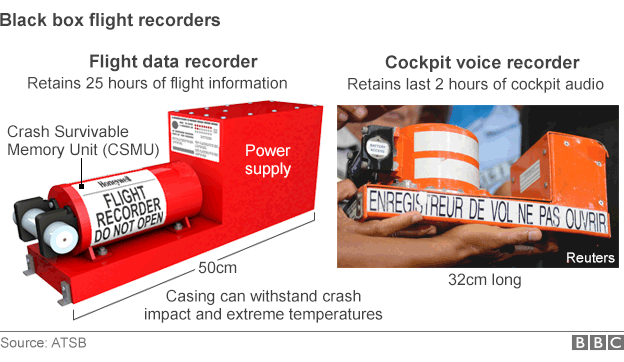
The Egyptian military released images on Saturday of life vests, personal items and debris showing the EgyptAir logo which were found during the search in the Mediterranean Sea.
The search has also reportedly found body parts and luggage. The main body of the plane and the two "black boxes" which record flight data and cockpit transmissions have not yet been located.
Air accident investigator Hani Galal told Reuters that, when found, the flight recorders would be analysed in Egypt, unless they were badly damaged. They are believed to be in waters between 2,500m and 3,000m deep.
Политика конфиденциальности | Правила пользования сайтом
